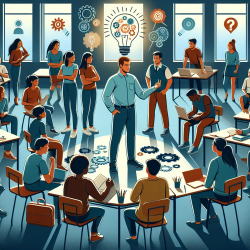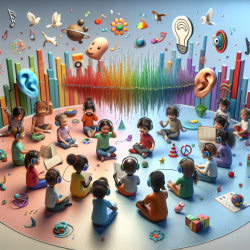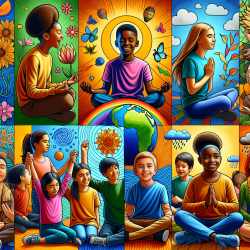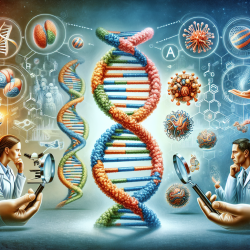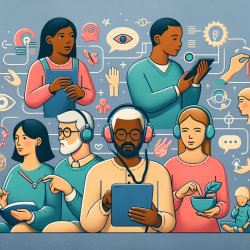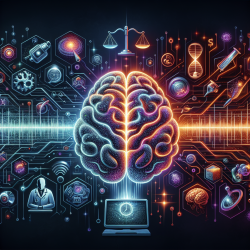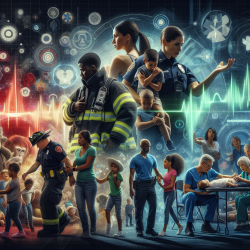The Surprising Role of Religious Communities During COVID-19
The COVID-19 pandemic has challenged every aspect of society, including religious communities. A recent systematic review titled “A Divine Infection”: A Systematic Review on the Roles of Religious Communities During the Early Stage of COVID-19, sheds light on the dual roles these communities played during the pandemic's early stages. The findings suggest that religious communities can be both a source of transmission and a partner in mitigation efforts. Understanding these dynamics is crucial for practitioners seeking to improve public health strategies.
Religion: A Double-Edged Sword
The review highlights how religious gatherings, such as church services and pilgrimages, contributed to the spread of COVID-19. For instance, in South Korea, a significant outbreak was linked to the Shincheonji Church of Jesus, where close-knit gatherings facilitated virus transmission. Similarly, in Malaysia, a religious gathering was responsible for a large cluster of cases.
Conversely, religious communities also played a beneficial role. Many adapted their practices to comply with public health guidelines, such as moving services online or broadcasting religious ceremonies. These adaptations helped maintain community ties while reducing the risk of virus transmission.
Opportunities for Collaboration
The review underscores the potential for collaboration between religious communities, health science, and government. Religious leaders can be influential in disseminating public health messages, especially in communities where they hold significant sway. By working together, these sectors can enhance compliance with health measures and address vaccine hesitancy, a critical barrier to achieving herd immunity.
For practitioners, engaging with religious leaders and communities can be a strategic move. It allows for the tailoring of health messages that resonate with religious values and beliefs, thereby increasing their effectiveness.
Encouraging Further Research
While the review provides valuable insights, it also highlights the need for further research. Understanding how religious communities' roles have evolved throughout the pandemic and their impact on public health can inform future strategies. Practitioners are encouraged to explore these dynamics further, considering factors such as cultural and social determinants of health.
Conclusion
Religious communities have been both a challenge and an asset in the fight against COVID-19. By recognizing their dual roles, practitioners can develop more nuanced public health strategies that leverage the strengths of these communities. Collaboration, adaptation, and ongoing research are key to harnessing the full potential of religious communities in public health efforts.
To read the original research paper, please follow this link: “A Divine Infection”: A Systematic Review on the Roles of Religious Communities During the Early Stage of COVID-19.
